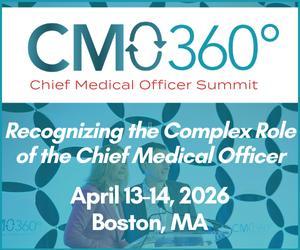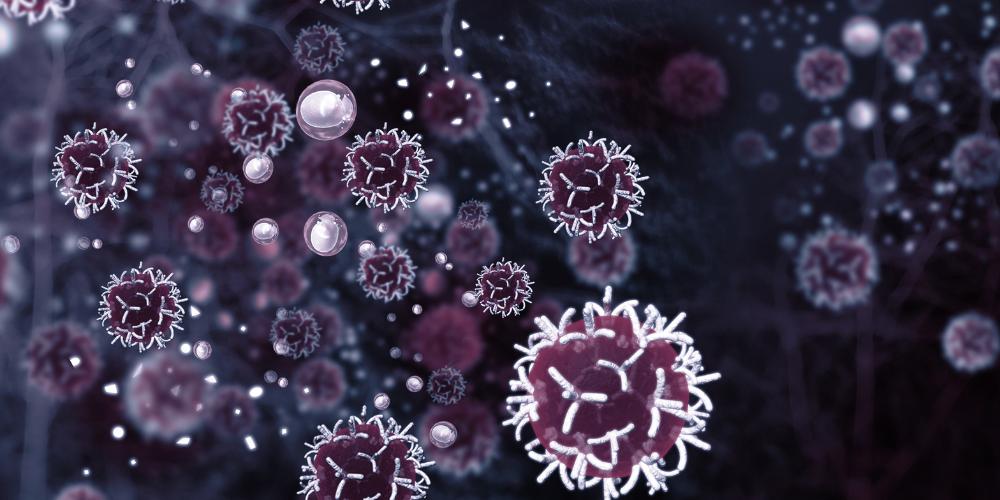The Regulatory Affairs Leader Helping to Advance Novel Therapies and Establish New Surrogate Endpoints
J&J Innovative Medicine’s Reshma Patel discusses how she’s bringing together drug development stakeholders to bring novel agents to patients, and describes her experience helping to establish a novel endpoint.

What do you value about working in regulatory affairs?
My role requires me to be thoughtful in developing our global regulatory strategy, thinking outside the box to make sure we not only accelerate our development programs but also support it with quality data and documents, to ensure that patients are receiving these novel agents early.
As a regulatory professional, you play an important role on a cross-functional team at every step of the product life cycle, from initial asset discovery to first-in-human studies, to marketing authorization and approved drug distribution. Beyond that, you’re also tasked with advising on regulatory and scientific requirements, driving regulatory strategy, and fostering strong relationships with global health authorities to bring those strategies to life.
"As a regulatory professional, you play an important role on a cross-functional team at every step of the product life cycle, from initial asset discovery to first-in-human studies, to marketing authorization and approved drug distribution."
What is unique about working in regulatory affairs in the early development space, with a focus on hematology?
Because hematological ED candidates play an important role in potentially transforming the treatment paradigm, they require careful and early planning to ensure rapid regulatory progress can happen, in the spirit of getting therapeutics to patients as quickly as possible.
For example, I was the Global Regulatory Director for daratumumab, taking this biologic therapy from Phase I to marketing authorization. Approval was achieved within four months, bringing this first-of-its-kind treatment to patients with relapsed/refractory multiple myeloma and setting the course for its continued development.
You also helped to establish measurable residual disease (MRD) as a surrogate endpoint. What can you tell us about the importance of that experience?
MRD is becoming an increasingly important biomarker in hematology, allowing us to identify patients who are most likely to benefit from a drug, and ultimately, allow acceleration of the development and delivery of novel life-extending therapies.
I spearheaded work on the Measurable Residual Disease Partnership and Alliance in Acute Myeloid Leukemia Clinical Treatment (MPAACT) Consortium – an industry-led research alliance to advance efforts in establishing MRD as a surrogate endpoint for overall survival in the treatment of Acute Myeloid Leukemia.
"Our regulatory work leverages data science to open doors for healthcare approaches that profoundly impact human health."
How does your work help us advance cancer therapeutics right now?
Our regulatory work leverages data science to open doors for healthcare approaches that profoundly impact human health. By utilizing next-generation technologies and collaborating with health authorities, my team and I are committed to changing the trajectory of cancer for the global patient community.
As a key stakeholder in development project teams, it is important for me to bring scientific and regulatory expertise and demonstrate our role as a strategic leader to development and regulatory efforts.
What is key for successful stakeholder collaborations and, ultimately, medicine development?
Having drug development teams with people of diverse backgrounds is key to incorporating diverse viewpoints and can result in more innovative thinking. The teams I work with have colleagues from all around the world who bring their unique views from past experiences, current roles, and learnings from other projects. You also learn about culture, which may influence how to further consider or perceive a challenge. These are all important learnings that you can take to further enrich your development.
What will become possible next if your work succeeds?
As drivers of regulatory strategy, our work hinges on our ability to strengthen collaboration between internal and external stakeholders. We focus on bringing innovative and transformational therapies to patients. New molecules being discovered and developed by our researchers continue to pioneer science with the aim of getting important new medicines to patients, and I am excited to be part of such progress.
"As drivers of regulatory strategy, our work hinges on our ability to strengthen collaboration between internal and external stakeholders."
What are the specific modalities or pathways that you’re keeping an eye on?
As a company we have multi-modality treatment approaches, seeking to understand diseases at a molecular level and intervene most effectively in their biological pathways using small molecule and protein modalities, cell & gene therapies, and RNA therapeutics.
Specifically, new approaches to help treat solid and hematological malignancies like CAR-Ts, Bi-CARTs, gene therapy, T-Cell engagers, onco-vaccines, and radiotherapies.
What is your advice for young women entering science careers?
Be bold and say yes to opportunities. You never know where it may lead you. And throughout that journey of saying yes, be yourself, be authentic. Take risks and try things that take you out of your comfort zone. Never stop being curious and learning.
I would encourage young women to find a mentor or coach. Having someone you can channel when you’re not feeling confident has helped me enormously.










